An European Education Programme Empowers Students to Develop Their own Space Mission
by Greta Sondej and Christoph Kulmann

Fig. 1: Have you always wanted to send an experiment into space? In this case, the German-Swedish student programme REXUS/BEXUS is the right choice for you. Copyright © Arek Socha 2016 / Pixabay
In our last article, we told you about our FORAREX project, which we developed within the framework of the German-Swedish REXUS/BEXUS programme.
But what exactly does this REXUS/BEXUS programme entail? And who can participate?

Fig. 2: REXUS and BEXUS – The German-Swedish education programme is open to all students enrolled in universities and colleges of ESA member and cooperation states during the project period. (Click to enlarge image.) Copyright © DLR e.V.
All students who are enrolled at an European college, university or university of applied sciences for the entire duration of the project and have a cool idea for an experiment can apply (see Fig. 2).
The name REXUS/BEXUS stands for “Rocket Experiments for University Students / Balloon Experiments for University Students”.
This programme invites students from all over Europe (see further details in Fig. 3) to conduct their own science and technology experiments on sounding rockets and stratospheric balloons. The distinctive advantage is that these experiments are carried out under special conditions, such as under the influence of space radiation or in reduced gravity, also known as microgravity.[1]
Every year, two rockets and two balloons are launched, each equipped with up to five experiments previously designed and built by student teams. The purely civilian balloon and rocket launch site Esrange (European Space and Sounding Rocket Range) near Kiruna in northern Sweden is the place of the action. Founded in 1964, Esrange has been operated by the Swedish Space Corporation (SSC) since 1972.
The German Aerospace Center e.V. (DLR e.V.) and the Swedish National Space Agency (SNSA; Rymdstyrelsen in Swedish) have an agreement to jointly run the REXUS/BEXUS student programme and share the seats on the sounding rockets and stratospheric balloons. Through a cooperation between SNSA and the European Space Agency (ESA), students from all ESA member states as well as those from the cooperating states can apply through the Swedish application side.
Therefore, there are two different application procedures (see Fig. 3). One for students enrolled at German universities and administered by DLR e.V., and one for students enrolled at universities from other ESA member states [2] as well as from ESA cooperation states (Canada, Latvia, Lithuania and Slovenia).[1][3]
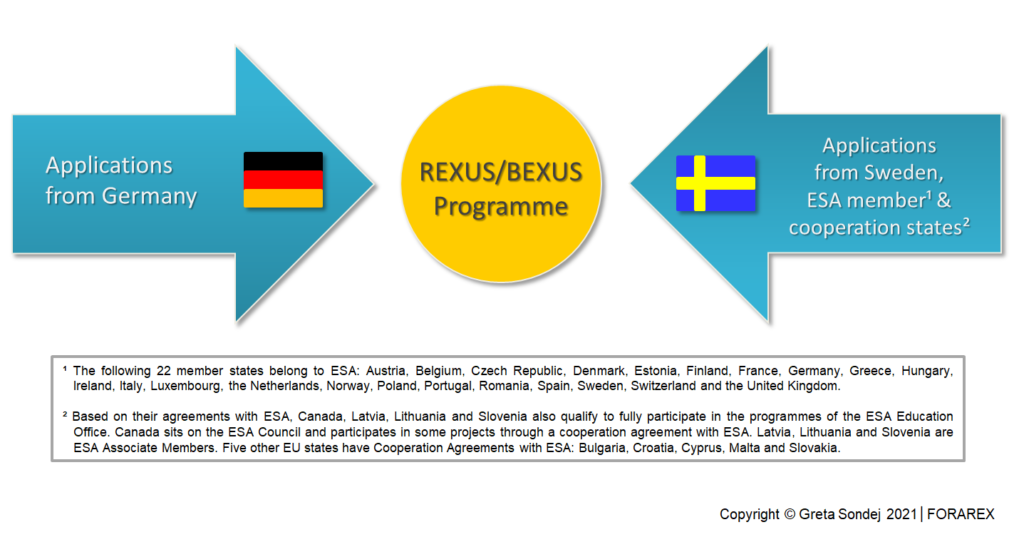
Fig. 3: Application procedures of the REXUS/BEXUS programme (Click to enlarge image; own illustration). Copyright © Greta Sondej 2018 ❘ FORAREX
To implement the entire operation, other partners are also involved in the programme.
The Mobile Rocket Base (MORABA) is a department of DLR Space Operations and Astronaut Training in Oberpfaffenhofen near Munich, Germany. The staff of the department carry out scientific high-altitude research missions with unmanned rockets and balloons and develop mechanical and electrical systems. For the planning, preparation and execution of these missions, MORABA has developed a unique mobile infrastructure and hardware with which a rocket can be launched almost anywhere on Earth within a short time.[4]
Under the name EuroLaunch, MORABA offers international launch services for stratospheric balloons and sounding rockets in cooperation with the SSC Esrange Space Center. Within the REXUS/BEXUS programme, this cooperation is responsible for campaign management and for launching of the research rockets.
The ZARM Fallturm-Betriebsgesellschaft mbH is responsible for the execution and supervision of the German part of the programme. With its drop tower, the Centre for Applied Space Technology and Microgravity (ZARM) has great experience in conducting experiments in microgravity and has been supervising the students of the REXUS/BEXUS programme for several years. The scientific institute in Faculty 4 Production, Mechanical and Process Engineering of the University of Bremen is located there as well.[5] Perhaps you have already seen the landmark of this institute, the drop tower (Fallturm)? It is the long narrow tower that soars high above the northern part of Bremen’s university campus.
Fair enough, but what makes this programme so unique?
It is a sophisticated student programme directed at the scientists and engineers of tomorrow. Many of the participants see their professional future in the aerospace industry with their participation. The programme offers the participants the unique opportunity to experience the complete process of a space mission. The mission begins with the experiment idea and project planning. This is followed by the technical implementation in the areas of mechanics, electronics, software as well as extensive test series. The experiments are put through their paces before the long-awaited rocket or balloon launch takes them to lofty heights. Finally, the data is evaluated and published.
For students developing balloon experiments (BEXUS), the project duration is 12 months. For students designing rocket experiments (REXUS), on the other hand, the duration is 18 months. What all REXUS/BEXUS teams have in common, however, is that they have to follow a schedule with defined goals. The progress of their experiment development is validated in regular reviews.[6]
Don’t worry, throughout the project development you as students are not alone. Experts from DLR e.V., SSC, ZARM and ESA will be there to advise you and provide technical and logistical support.
The highlight of the programme is the so-called launch campaign (balloon or rocket launch campaign), in which the experiments are installed in the rockets and balloons after their final assembly and ultimately launched into space. With every second of the countdown, the excitement grows. A final check. Absolute silence. Then the warning signal sounds before the rocket is ignited or the balloon lifts off.

Abb. 4a and b: Launch of the sounding rocket REXUS 20 (left; altered after [4a]) and the stratospheric balloon BEXUS 24 (right, [4b]) from the Esrange Space Center in Sweden. Copyright © DLR e.V.
During the flight, the teams can directly direct and monitor their experiments from the ground through telecommanding and video transmission. Data is obtained either by telemetry during the flight or only after landing, when the experiments are recovered.
Successful teams from Bremen
Since its 14 years of existence of this international educational programme, the following five teams from our hometown Bremen have participated in this international educational programme:
2016: UB-FIRE (University of Bremen – FIre Safety Research Experiment)
The aim of “UB-FIRE” was to investigate the fire safety of material samples made of plexiglas with and without surface structures under microgravity.[7][8]
If you want to know more about this topic, we recommend our blog article about the fire safety research under microgravity that is being conducted at ZARM.
2017: UB-SPACE (University of Bremen – Image Processing for Determination of relative Satellite Motion)
With its experiment, the team developed a solution approach for reducing space debris. Camera-based object and motion descriptions should facilitate the detection and removal of space debris – such as defective satellites – by autonomous systems.[9]
2018: AQUASONIC II BlackBox (Development of a memory flash device)
The BlackBox is a flight data recorder for the AQUASONIC II sounding rocket of Bremen University of Applied Sciences and was tested as part of the REXUS/BEXUS programme in March 2018 in the nosecone (rocket nose) of REXUS 24 in Kiruna, Sweden.[10]
2019: FORAREX (FORAminifera Rocket EXperiment)
In the FORAREX project, the reaction of foraminifera during rocket launch and the microgravity phase is examined. In addition, the life support system in which the foraminifera are cultivated will also be tested for general spaceflight suitability. Findings from the FORAREX project will serve as the basis for a future long-term experiment on board the International Space Station (ISS). There, the influence of microgravity on the behaviour and shell growth of foraminifera will be studied.[11]
2020: BlackBox II (Locatable crash safety data storage device for sounding rockets)
The aim is to develop a generic crash-proof flight data recorder for use in sounding rockets. The flight data recorder offers the possibility to store data in real time via Ethernet. For the deployment simulation of the flight recorder, the experiment will be housed in the nose cone of the REXUS27 rocket and dropped at an altitude of about 55 km.[12][13]
Tradition in Bremen
For five years in a row, a team of students from Bremen has always participated in the REXUS/BEXUS programme. ZARM would like to continue this nice tradition and is again looking for motivated and committed students from the Bremen area for the next cycle.
Experiment ideas from the following areas can be submitted to the REXUS/BEXUS programme[14][15]:
- “Science”: biology and medicine, atmospheric and magnetic field research, fluid physics, atmospheric physics, astrophysics, radiation physics or material sciences.
- “Technical Demonstrations”: aerodynamics, navigation, control and deployment systems, propulsion and re-entry systems, microgravity techniques, robotic applications, optics and sensors.
Did we spark your curiosity? Then apply with an exciting project on the REXUS/BEXUS website and reach for the stars!
| More information about the education programme:
REXUS/BEXUS website: http://rexusbexus.net/ REXUSBEXUS – How to apply: https://rexusbexus.net/rexusbexus-programme/how-to-apply/ DLR – Call for Applications (Germany): https://www.dlr.de/dlr/desktopdefault.aspx/tabid-10081/151_read-28307/#/gallery/30876 ESA – Call for Applications (Sweden, ESA member and cooperation states): https://www.esa.int/Education/Rexus_Bexus/EXTENDED_New_call_for_Rocket_Balloon_Experiments_for_University_Students |
Image credits
[1] Copyright © Arek Socha 2016 on Pixabay; URL: https://pixabay.com/de/illustrations/erde-raum-sonnenlicht-1756274/ [Last access: 24-Nov-2021]
[2] DLR advertising poster: REXUS and BEXUS – The German-Swedish student programme Copyright © DLR e.V. (This poster image was kindly provided by DLR Raumfahrtmanagement in Bonn).
[3] Applications procedures for the REXUS/BEXUS programme. (Own illustration) Copyright © Greta Sondej 2018 ❘ FORAREX
[4a] Launch of the sounding rocket REXUS 20 from the Esrange Space Center in Sweden. Credit DLR CC-BY 3.0. Copyright © DLR e.V.; URL: https://www.dlr.de/content/de/artikel/news/2016/20160318_studenten-nutzen-forschungsraketen-fuer-experimente-zu-raumfahrtsicherheit-und-entwicklung-von-minisatelliten_17195.html [Last access: 30-Jul-2018] (By courtesy of DLR Raumfahrtmanagement in Bonn.)
[4b] Launch of the stratospheric balloon BEXUS 24 from the Esrange Space Center in Sweden. © DLR e.V.; URL: https://www.dlr.de/content/en/articles/news/2017/20171018_students-research-the-stratosphere-in-the-arctic_24629.html [Last access: 30-Jul-2018] (By courtesy of DLR Raumfahrtmanagement in Bonn.)
References
[1] REXUS/BEXUS – How to apply; URL: https://rexusbexus.net/rexusbexus-programme/how-to-apply/ [Last access: 24-Nov-2021]
[2] REXUS/BEXUS programme website; URL: http://rexusbexus.net/ [Last access: 24-Nov-2021]
[3] ESA: Facts and data (German only); URL: https://www.esa.int/ger/ESA_in_your_country/Germany/Die_ESA_Fakten_und_Zahlen [Last access: 24-Nov-2021]
[4] DLR MORABA (German only); URL: https://moraba.de/die-moraba/ [Last access: 24-Nov-2021]
[5] ZARM – University of Bremen (German only); URL: https://www.zarm.uni-bremen.de/de/ueber-uns.html [Last access: 05-Jul-2018]
[6] DLR – REXUS/BEXUS programme (German only); URL: https://www.dlr.de/rd/desktopdefault.aspx/tabid-2282/3421_read-10516/ [Last access: 24-Nov-2021]
[7] ZARM scientists win Weser-Kurier’s MoreSpace award for young researchers (German only); URL: https://www.zarm.uni-bremen.de/de/presse/einzelansicht/article/zarm-scientists-win-weser-kuriers-newcomer-prize-morespace.html [Last access: 22-Jul-2018]
[8] Fire in the space station – Bremen students investigate the case of emergency in a rocket experiment – final rehearsal at ZARM (German only); URL: https://www.zarm.uni-bremen.de/en/rexusbexus/news-single-view/article/fire-on-the-space-station.html [Last access: 18-Jul-2018]
[9] Project web site UB-SPACE; URL: http://www.ub-space.de/project/ [web site no longer exists] [Last access: 22-Jul-2018]
[10] Project web site AQUASONIC II; URL: http://homepages.hs-bremen.de/~aquasonic2/aquasonic1/index.html [Last access: 22-Jul-2018]
[11] Project web site FORAREX; URL: http://forarex.de/ [Last access: 22-Jul-2018]
[12] Project web site BlackBox2; URL: http://homepages.hs-bremen.de/~blackbox2/ [Last access: 24-Nov-2021]
[13] Project presentation of BlackBox2 on Pcbway.com; URL: https://www.pcbway.com/project/sponsor/BlackBox2___crash_safe_data_recorder_for_sounding_rockets.html [Last access: 24-Nov-2021]
[14] Research topics at REXUS; URL: https://rexusbexus.net/rexus/ [Last access: 24-Nov-2021]
[15] Research topics at BEXUS; URL: https://rexusbexus.net/bexus/ [Last access: 24-Nov-2021]

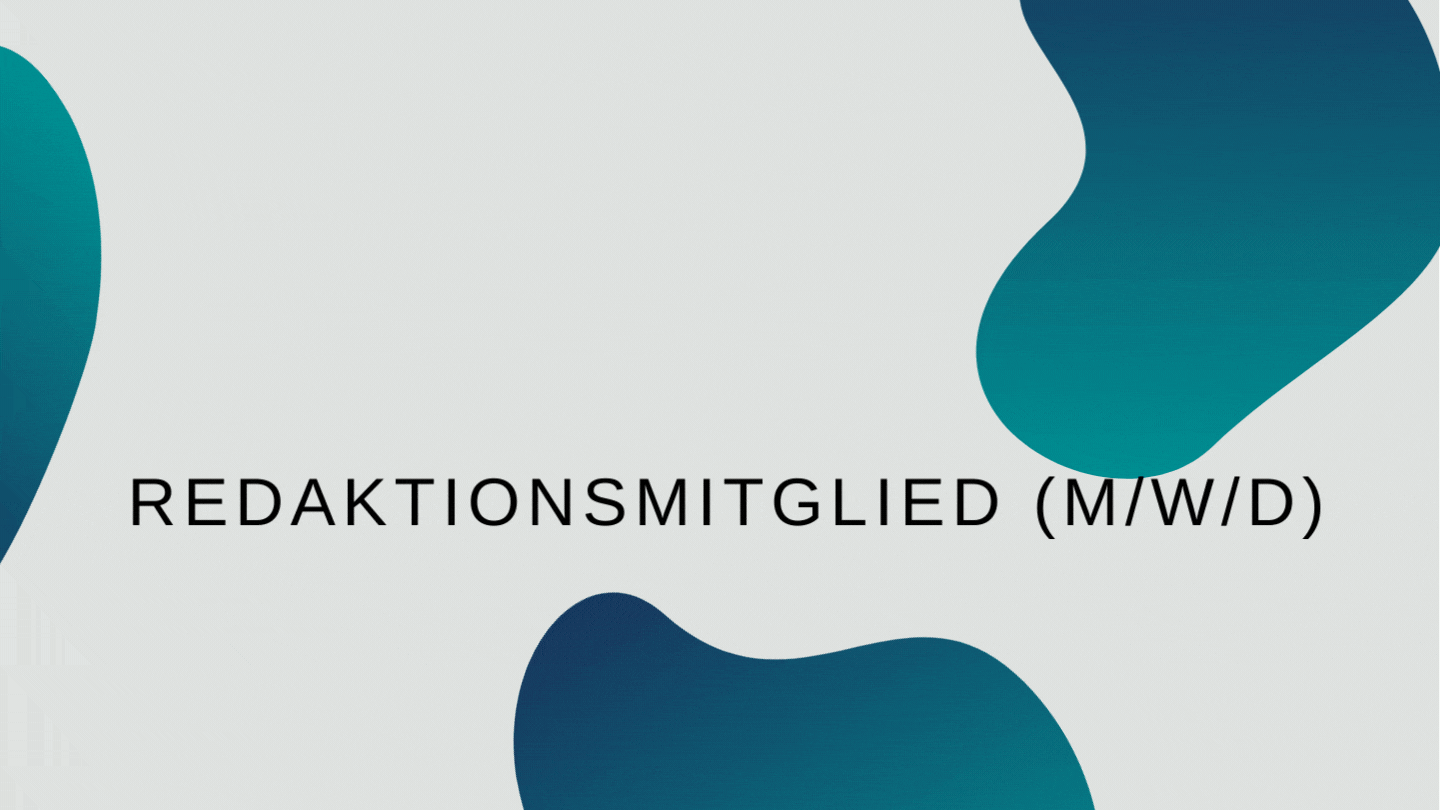

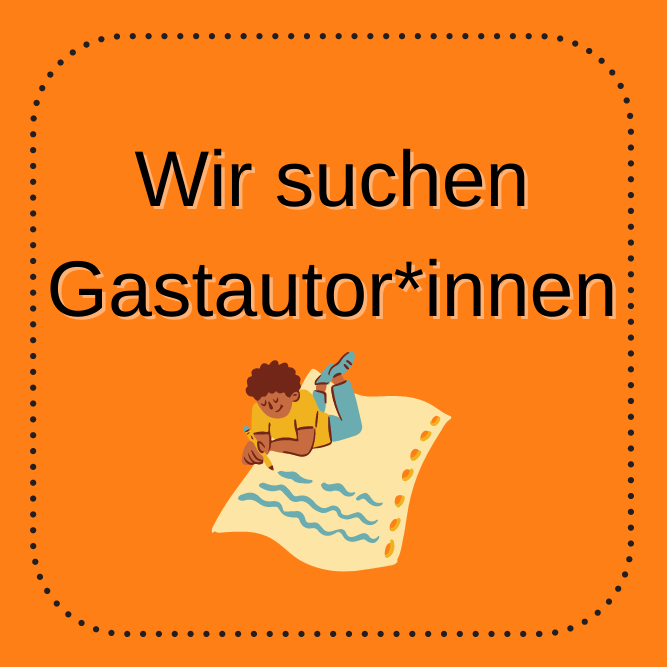
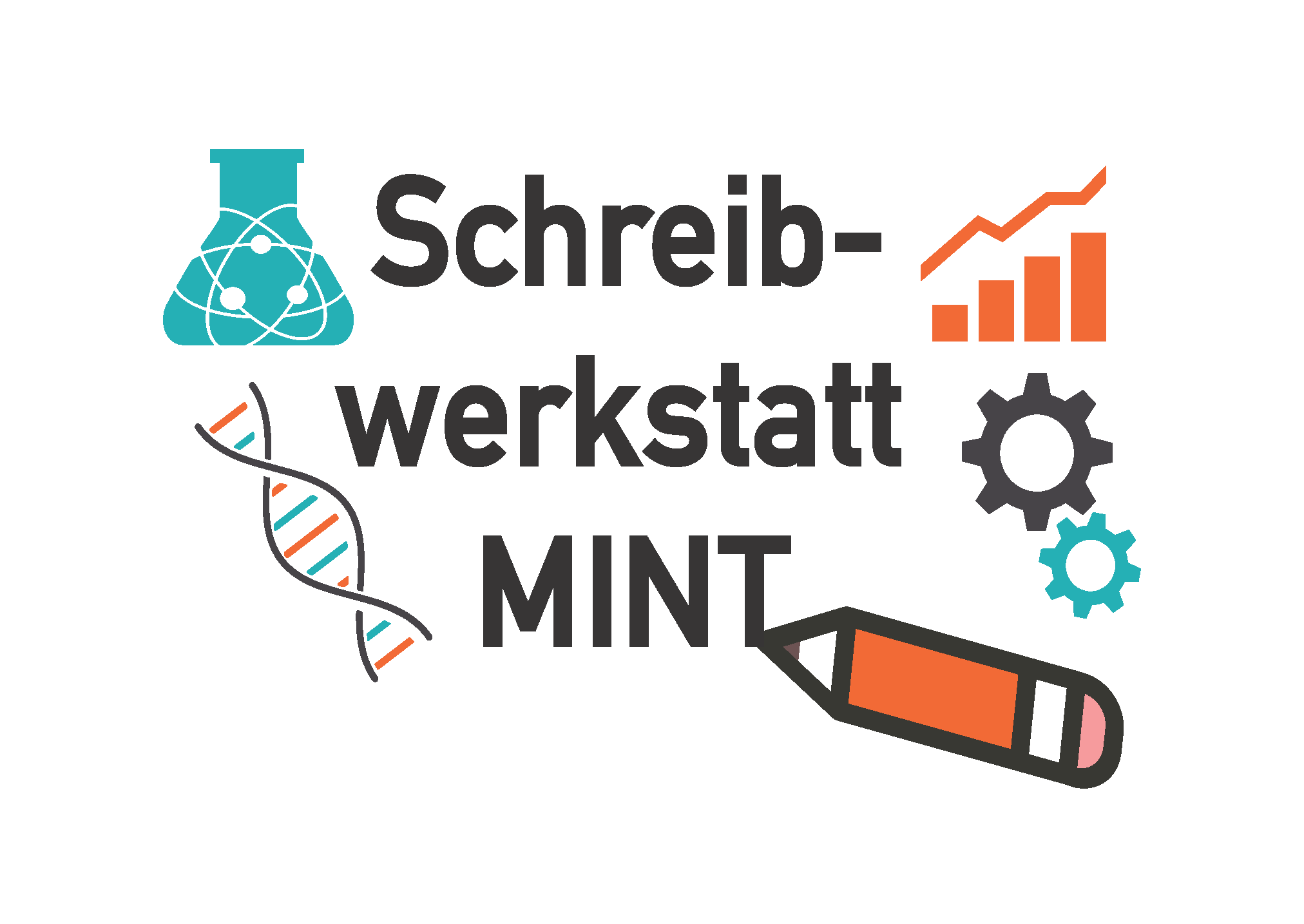


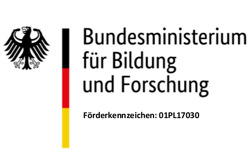
What is the main objective of the REXUS/BEXUS program and who can participate in this program?